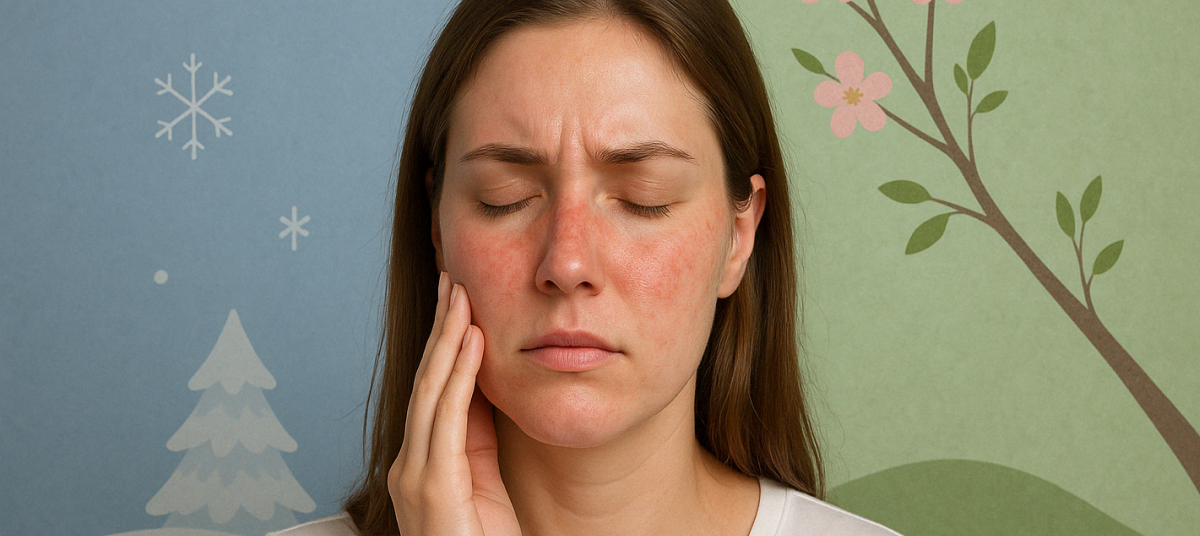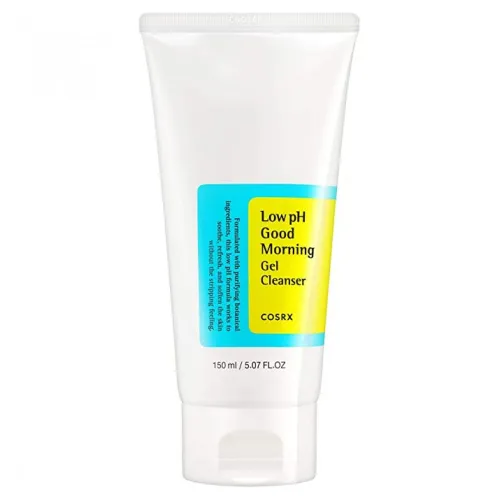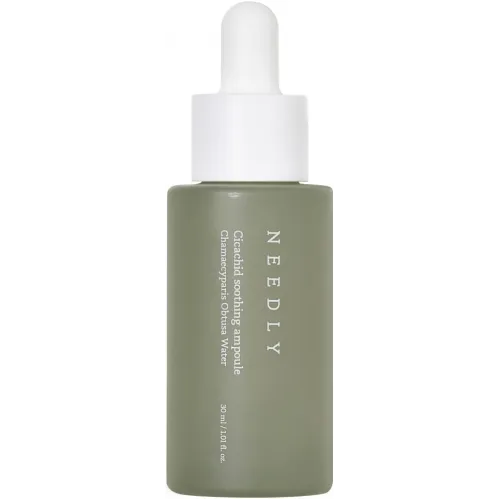How does skin sensitivity change after the cold season, and how should you care for your skin if it reacts to wind and sudden temperature changes?

How to Soothe Irritated, Red Skin After Winter
Winter may be over, but its impact on your skin often lingers. Between freezing winds, dry indoor air, and constant temperature swings, your skin’s protective barrier can take a real hit — leaving it dry, sensitive, and in need of extra care and nourishment.
If your skin is now easily flushed, irritated, or reactive to the smallest things — you’re not alone. And yes, you can absolutely turn things around.
Why Your Skin Feels Extra Sensitive After Winter
Seasonal shifts can be tough on your skin.
During winter, the air outside is cold and dry — and indoor heating only makes things worse. Add in gusty winds, constant temperature changes, and the friction of synthetic scarves and sweaters, and your skin’s natural defenses can quickly get overwhelmed.
As a result, you might notice:
- Increased sensitivity — your skin reacts more to products, water, or even touch.
- Redness and irritation — as capillaries expand and the barrier weakens.
- Dryness and tightness — due to moisture loss.
Important: Symptoms like persistent redness, itching, or flaking could also signal skin conditions like rosacea or dermatitis. If in doubt, it’s always worth consulting a dermatologist.
Signs Your Skin Needs Extra Support
Keep an eye out for:
- Burning or itching after cleansing
- Redness without a clear cause
- Flakiness despite using moisturizer
- A feeling of tightness that lasts all day
These are your skin’s way of saying:
“Help — I need some gentle care!”
How to Help Your Skin Recover
First rule: Don’t panic — and put the strong actives aside for now.
Spring is about healing and rebuilding, not pushing your skin harder.
1. Go Back to Basics
When in doubt, simplify your routine:
- Gentle cleansing — no harsh foams.
- Alcohol-free toner or essence with soothing ingredients.
- Barrier-repair cream — look for ceramides, panthenol, or squalane.
- Daily SPF — yes, even on cloudy days!
2. Add Calm-Boosting Ingredients
Reach for skincare heroes like:
- Centella Asiatica (Cica) — soothes redness and boosts recovery.
- Allantoin, Panthenol, Beta-Glucan — calm and comfort the skin.
- Niacinamide (2–5%) — strengthens the barrier and evens out tone.
Products to try:



3. Choose Textures Your Skin Loves
Forget the rules — go by feel.
Whether you prefer a light gel or a richer cream, what matters most is how your skin responds. Lightweight doesn’t mean less effective!
4. Protect Against the Elements
SPF isn’t optional — it’s essential.
If your skin flares up from cold or wind, apply a protective cream 20–30 minutes before stepping outside.
5. Mind Your Indoor Climate
Indoor humidity matters.
If you can, use a humidifier or aim for about 40–60% humidity at home to keep your skin happy.
Special Note on Reactive Skin
Does your skin burn or itch after a chilly walk?
That’s called reactive skin — and it needs even more gentleness.
Tips:
- Always apply a barrier cream before heading out.
- Avoid hot water when cleansing.
- Treat yourself to a calming mask a few times a week.
Spring Skincare Rule: Be Gentle
Now’s not the time for acids, strong exfoliators, or heavy retinoids — give your skin a few weeks to heal before reintroducing actives.
A healthy barrier is your ultimate beauty secret.
And remember: good sleep, balanced meals, low stress, and staying hydrated do just as much for your skin as your serums.
Your Simple Spring Routine
| Morning | Evening |
|---|---|
| Gentle cleanser | Makeup remover + gentle cleanser |
| Soothing toner/serum | Calming toner |
| SPF protection | Repair cream or overnight mask |
Final reminder:
Be patient, be gentle — and your skin will thank you with a fresh, healthy glow.



Leave a Comment